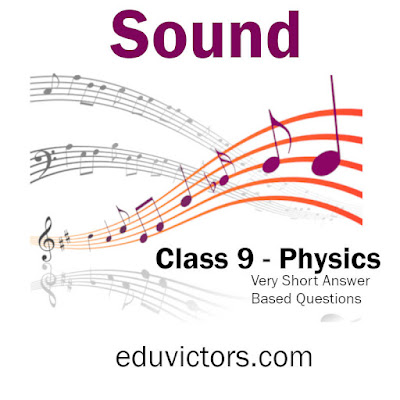Motion
NCERT Chapter Questions and Answers and other Q & A
Q1: An object has moved through a distance. Can it have zero displacements? If yes, support your answer with an example.
Answer: Yes an object can have zero displacements even though it has moved through a distance. It happens when the object moves back to its original position i.e. final position coincides with the starting position.
Example: Suppose an object travels from O to C and then comes back to its original position O.
Total distance traveled = actual path covered = OC + CO = 25 + 25 = 50m
Total displacement = shortest distance between final position and initial position = 0m
Q2: What do you mean by a body in rest?
Answer: A body is said to be at rest if it does not change its position with respect to a fixed point in its surroundings.
Q3: Are motion and rest absolute or relative? Explain with an example.
Answer: No these terms rest and motion are relative. For example, a person inside a car, carrying a ball in his hand will see the ball is at rest. While for another person, outside the car will see the ball is also moving.
Q4: What is meant by scalars and vectors?
Answer:
- Scalar Quantities: Quantities that require magnitudes only to specify them are called scalar quantities or scalars. Mass, length, time, temperature, angle, area, speed, distance, volume and density are examples of scalar quantities.
- Vector Quantities: Quantities that require both magnitudes and direction to specify them are called vector quantities or vectors. Displacement, velocity, force, momentum, weight etc. are examples of vectors.
Q5: A farmer moves along the boundary of a square field of side 10 m in 40 s. What will be the magnitude of displacement of the farmer at the end of 2 minutes 20 seconds?
Answer:
As shown in the figure, let us assume, that the farmer starts from A.
Given, that the length of each side = 10m
Distance covered in 1 lap = Perimeter of ABCD = 4 x 10 = 40m
Time is taken by farmer to cover 1 lap = the 40s
Speed of farmer = Distance
÷ Time Taken for one lap = 40/40s = 1m/s
Distance covered by farmer in 2min 20 secs = Speed x Time = 1 x 140s = 140m
Number of laps covered = 140 ÷ 40 = 3.5 laps.
⇒ After the 140s, the farmer will be at position C (i.e. 3 and ½ laps).
Displacement = AC = (AB
2 + BC
2)
½ (applying Pythagoras theorem)
= (100+100)
½ = 10√2 = 10 x 1.414 =
14.14m .... (answer)
Question: Can you find out displacement, if the farmer starts from the mid-point of AB?
Note: Displacement is a vector quantity that measures the shortest distance (straight line) between the starting point and ending point, not taking the actual path travelled into account.












